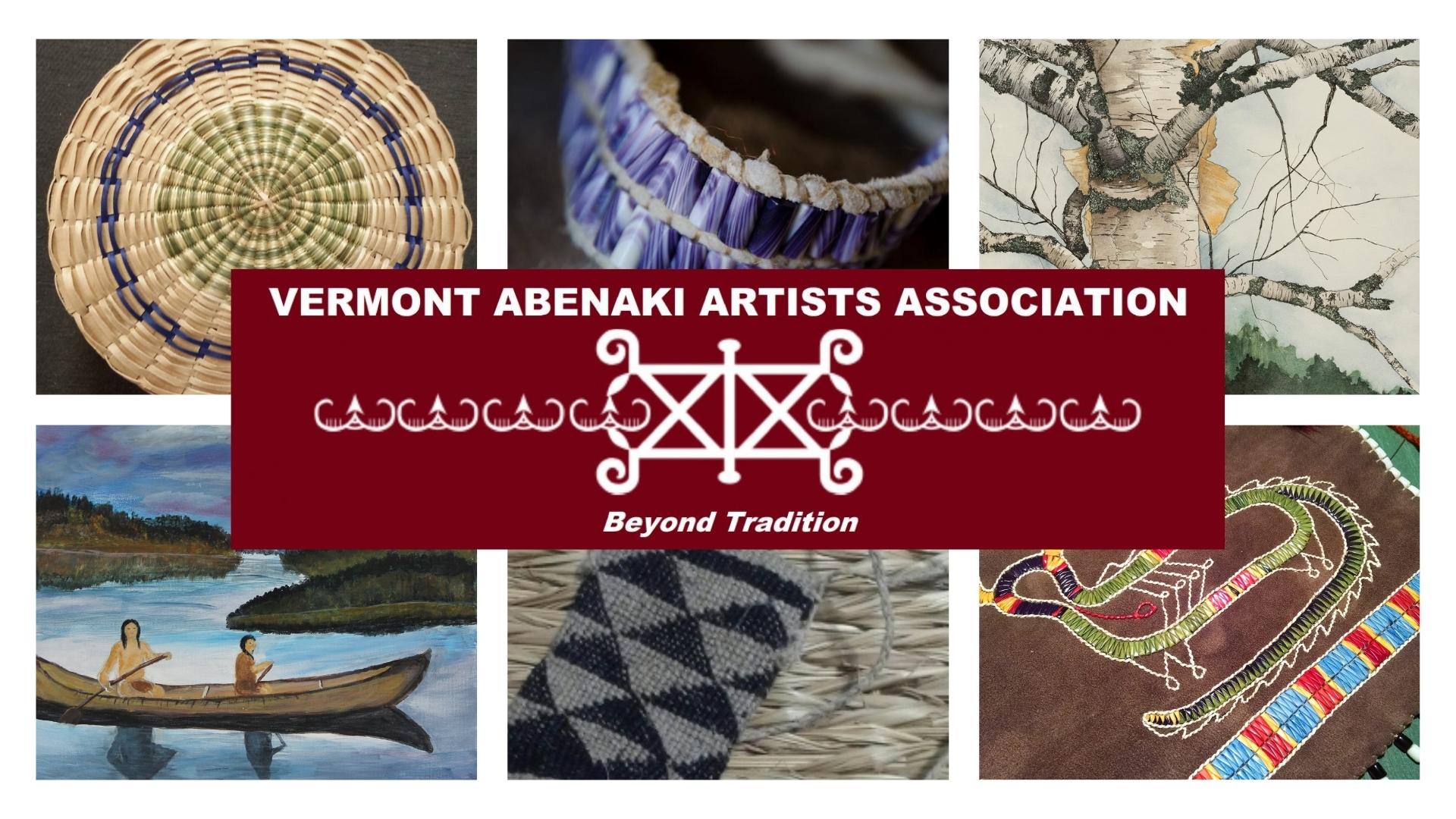By Melanie Plenda, Union Leader, September 22. 2017 5:47PM

WARNER – Next time you see a person wearing a denim jacket or beaded earrings or bracelet, you might do well to take a closer look.
“This is sort of everyday wear that Native people would wear now, and it includes some kinds of things that non-Native people would wear too, but there’s just something about it that shows their native identity,” said Nancy Jo Chabot, curator of the Mount Kearsarge Indian Museum in Warner.
The new exhibit at the museum, “Alnobak: Wearing Our Heritage”, documents the way in which garments and accessories that reflect Abenaki heritage have been – and still are – made and used to express Native identity, according to museum officials.
“You start to see that in little elements in modern clothing,” she said of the portion of the exhibit depicting the current era, “things that wouldn’t look out of place for any modern person walking down the road, but for a Native person have these very distinctively heavy Northeast design elements.
“That’s a crucial, important part of anything we do here at the museum: (showing) that Abenaki people are here, are living, and creating wonderful things. And this exhibit in particular is to show that the Abenaki people that were here, where we are on this land right now, are still here.”
Vera Longtoe Sheehan, an Abenaki teaching artist, activist and director of the Vermont Abenaki Artists Association, curated the exhibit with Eloise Beil of the Lake Champlain Maritime Museum. This exhibit was unique, Sheehan said, in that it is the first traveling exhibit about Abenaki culture co-curated by an Abenaki person and that has been accepted in mainstream galleries such as the Amy Tarrant Gallery at the Flynn Performing Arts Center in Burlington, Vt., in addition to museums.
Among other things, the exhibit aims to answer the questions of what it means to be an Abenaki person in the modern world. The exhibit, which is composed of artifact clothing as well as clothing representative of an early time made by contemporary local artists,is the product of a decade-long collaboration among Lake Champlain Maritime Museum and Vermont’s Abenaki artists, community members and tribal leaders.
Like all native tribes, Chabot said, the challenges of understanding their tradition and culture and then making that work in the modern world are huge.
“For Abenaki in particular,” she said, “because there was a time in the early part of the 20th century that being identified as Abenaki Indian was dangerous. Speaking your language was dangerous. So families made conscientious efforts to hide that identity.”

What she’s talking about is the time period from 1931 to 1963, when the Abenaki among others were targets of a government-sanctioned sterilization program in New Hampshire and Vermont. Some Abenaki fled. The ones that stayed, hid in plain sight, requiringd them to abandon openly practicing traditions that could identify them as Abenaki. To this day, many tribal elders refuse to admit publically they are Abenaki. As a result, some people believe the Abenaki no longer exist and it is one of the reason the Abenaki – while recognized in Maine and Vermont – are not recognized federally or in New Hampshire. According to government documents the Abenaki can’t prove they’ve consistently existed as a tribe.
“Now we’re in a generation, two generations after that,” Chabot said. “And a lot of people know they have an Indian heritage that are from New Hampshire and Vermont and are in that very challenging place where they want to learn more and are starting to understand some things that their parents or grandparents would do that they wouldn’t have explained years ago.
“So people go about that in many different ways. This is sort of reclaiming their culture. This particular exhibit does that through clothing. . Finding ways to find those cultural threads is very important.”
“In addition to relaying the message that we are still here, the exhibit should show people that we know our history and still practice our culture,” said Longtoe Sheeham. “However, artists don’t need to choose between being a traditional or contemporary artist. Many of us practice both. For instance, I made the Tolba (turtle) Jean Jacket that was designed with traditional designs but I also made the twined woven dress that connects my family tradition to thousands of years of our history.”
– – – – –
The Mount Kearsarge Indian Museum, Education and Cultural Center, 18 Highlawn Road, is open daily May 1 – Oct. 31, Monday – Saturday 10 a.m. – 5 p.m., Sunday noon – 5 p.m. In November, the museum is open on weekends from noon to 5 p.m.
The exhibit will be on view in Warner until Oct. 29 and then it will be moving to The Institute for American Indian Studies in Washington, Conn.
For more information, visit the museum’s Facebook page, visit www.indianmuseum.org, call 456-2600 or [email protected].
Read the full story on the Union Leader website
